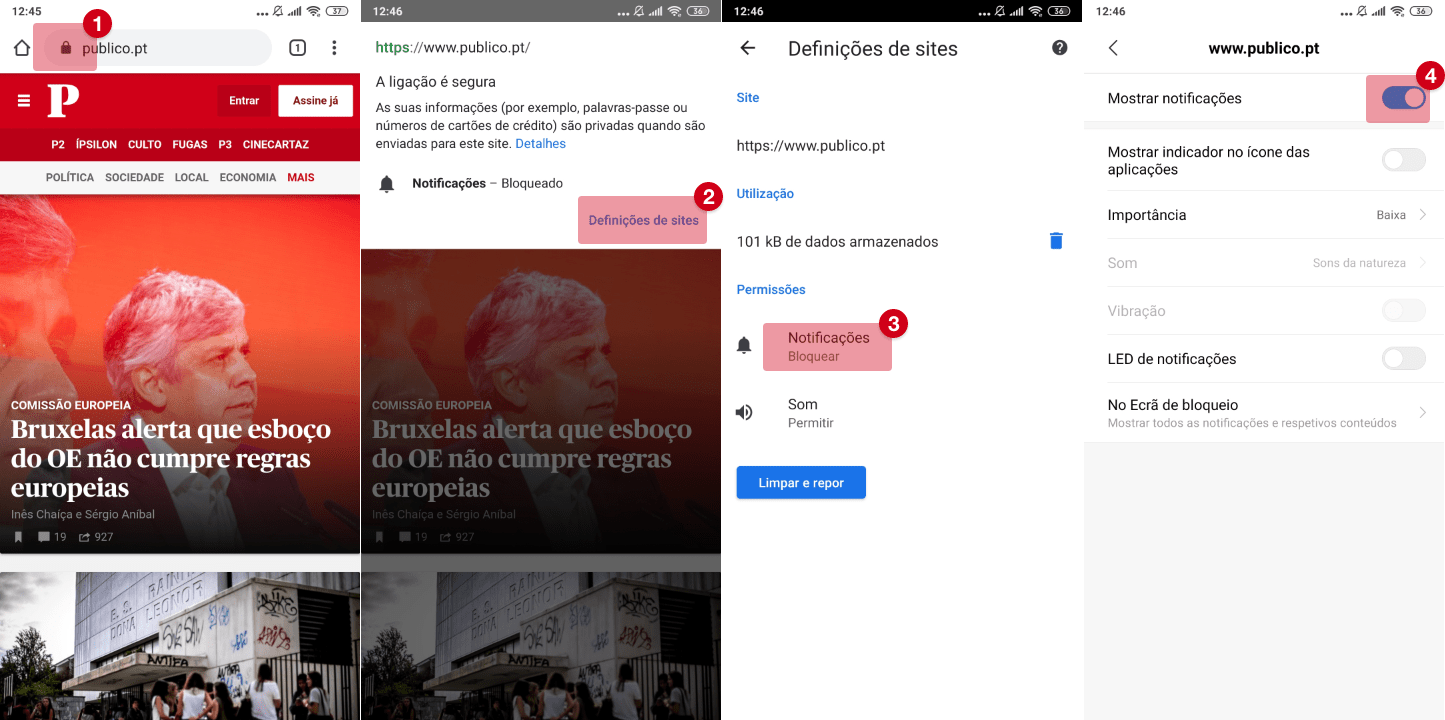Gallery
Nanism: dwarfs and extensions, discrimination & integration
Hypochondroplasia( a form of nanism) affects 1 in 20000 people. According to the author of this photographic project, Emanuele Satolli, Italian society discriminates against those who are affected by the nanism syndrome, hindering their integration. Bone extension surgery is therefore becoming ever more popular for all the short individuals who want to grow a few more centimetres and want a chance at a normal social life. The intervention consists in the division of the bones (femur and tibia and humerus) and the application of the device which controls the distance between their extremities. The actual bone will then produce material which will fill the fissure. Whoever adopts this method grows a centimetre per day. It is extremely painful, it binds the patient – temporarily – to a wheel chair, but it provides a permanent growth that can go up to 20cms. The doctors state the advantages: better self-image and self-esteem, and clear benefits in terms of autonomy. For carriers of hypochondroplasia the principal motivator for the choosing to start this painful growth process is the possibility of a better integration in society. The results are, on average, three years of daily suffering, deep scars and an adaptation to a new body image. There are still no surgical interventions to correct intolerance and discrimination; this is why the medical answer to nanism continues to be the most viable course of action for social integration for this group of people.






